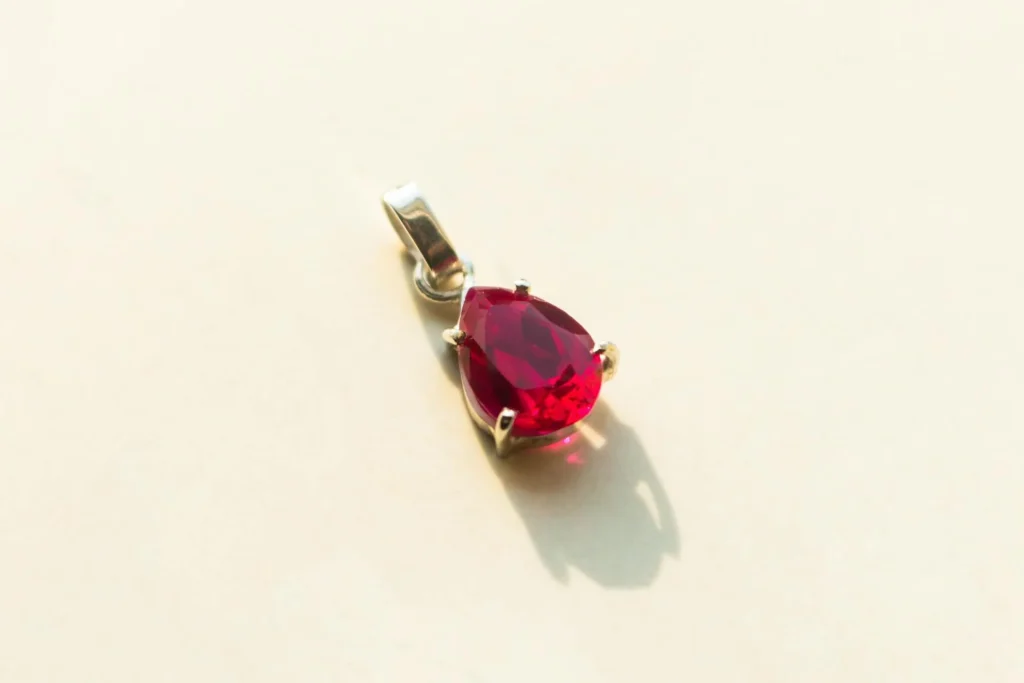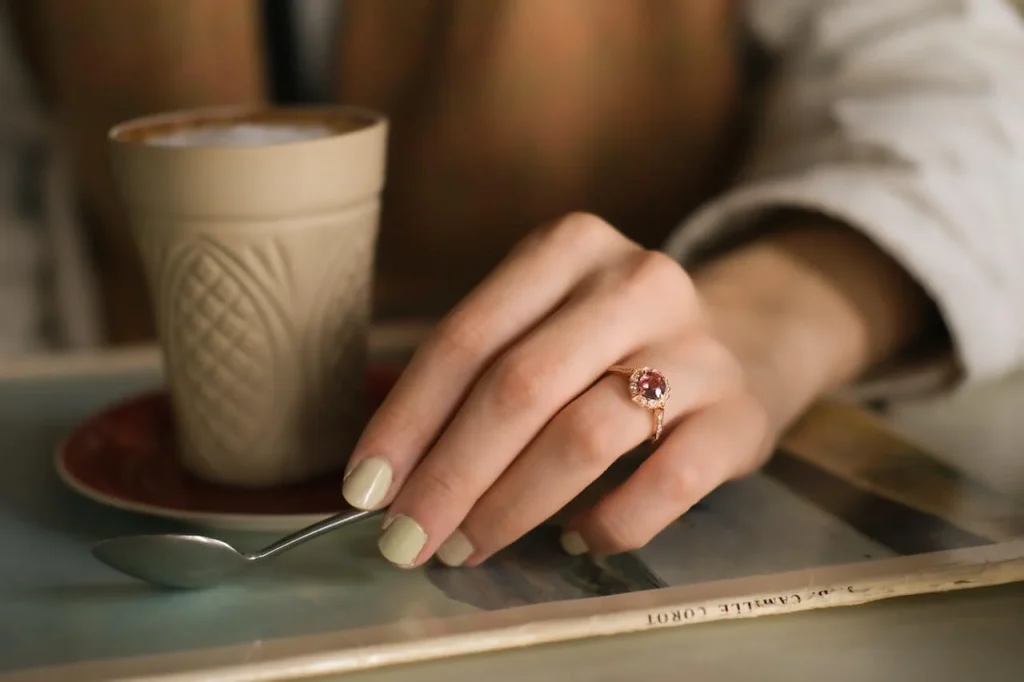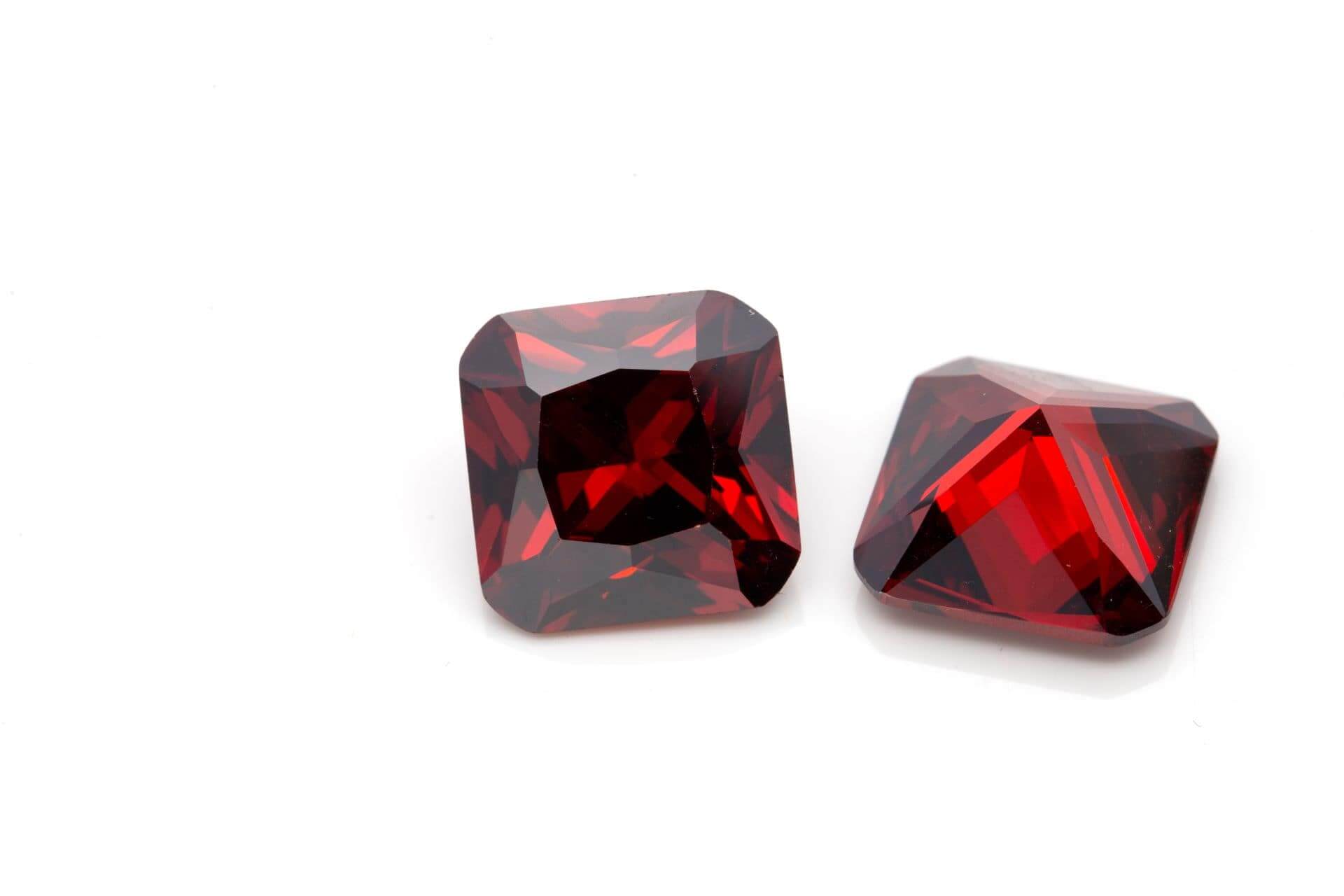Few gemstones can compete with the charm and mystique of rubies. For millennia, these fiery-red stones have captivated humanity, adorning the crowns of kings and emperors and decorating the necks of Hollywood aristocracy. But, aside from their amazing beauty, rubies have a special place in the world of status symbols, expressing power, riches, and passion in a way that no other gemstone can.
The discovery and captivating trip through time and culture sheds light on the rich history and modern significance of rubies while exploring their timeless position as symbols of prestige and desire. Having rubies present in your Cavite house and lot home not only express wealth but also a comfortable living with the utmost value of the home.
What Is The Status Symbol Of A Ruby?
Because of their bright color and scarcity, rubies have historically been associated with numerous prestige symbols and meanings. It’s worth noting that the significance and status linked with rubies varies throughout countries and time eras. While rubies have always held important value and meaning in numerous communities, personal feelings and preferences also influence how people view and use them as status symbols.
- Royalty: Long admired by royalty for their majestic crimson tint, which represents power and wealth.
- Protection: Symbolizes courage and power and is thought to offer protection from danger and negativity.
- Glamour: Often worn by celebrities on high-profile occasions to represent glamour and luxury.
- Investment: Desired by collectors and investors as a symbol of financial expertise and worth.
- Love: Symbolizes intense love and commitment, and is frequently exchanged as a token of affection.
- Wealth: Because of their scarcity and beauty, they are emblems of prosperity and financial success. Wearing rubies denotes sophisticated taste and social rank in some countries.
Rubies and gemstones are not only pricey, but their value exceeds the sum paid for them; they represent riches, and people see them as sentimental since they are rare and beautiful. Having a Cavite house and lot provides the same prestige symbol of wealth as possessing real assets. It is not just the house itself, but the value of the property that goes beyond monetary expectations that offers individuals a sense of home and comfort at a premium price.

What Are The Different Types Of Rubies?
Rubies are gemstones notable for their deep red color. They are a type of corundum made mostly of aluminum oxide. The value of a ruby is determined by criteria such as color, clarity, size, and origin. For costly rubies, certified appraisals are required.
- Burmese Ruby: Famous for its bright crimson color, frequently referred to as “pigeon’s blood,” from Myanmar’s Mogok region.
- Star Ruby: Shows a star-like pattern due to rutile inclusions when lit directly.
- Synthetic Ruby: Lab-created rubies with the same composition as natural ones.
- Thai Ruby: Thailand’s slightly darker red rubies are noted for their clarity and brightness.
- African Ruby: Found in Mozambique, Tanzania, and Madagascar, known for its rich red hues.
- Glass-filled Ruby: Treated with lead glass to enhance clarity; less valuable.
- Low-Quality Ruby: Less valuable rubies with heavy inclusions or less desirable colors.
- Sri Lankan Ruby: Lighter in color, often with pinkish or purplish tones, with fine needle-like inclusions.
- Pigeon’s Blood Ruby: The highest quality Burmese rubies with an intense, pure red color.
Are Rubies More Expensive Than Diamonds?
Rubies, particularly those with intense, deep red color, can be more valuable per carat than diamonds because of their scarcity. Their price is affected by factors including size, clarity, provenance, and treatments. While diamonds are normally more expensive due to their great demand, top-quality rubies can be quite expensive per carat.
Rubies and diamonds are two different types of gemstones. Rubies, which are made of red corundum with traces of chromium, are coveted for their deep red colors and are symbolic of love and courage. They have a hardness rating of 9 on the Mohs scale and are valuable depending on their color, clarity, size, and origin.
Diamonds, which are pure carbon crystals, come in a variety of colors but are frequently colorless, representing purity and riches. They are the hardest natural substance, with a Mohs scale rating of 10, and are prized for their brilliance, rarity, and size. Both stones are used in jewelry, with diamonds also being used in industry.

How Expensive Are Rubies?
The price of rubies varies greatly depending on aspects such as color, clarity, size, provenance, and treatments. High-quality rubies can cost hundreds to thousands of dollars per carat, with extraordinary Burmese rubies commanding tens of thousands of dollars or more. Consult a gemologist or jeweler for a precise valuation, as prices might fluctuate over time.
In fact, a record-breaking 55.22-carat ruby known as Estrela de Fura (Star of Fura) recently sold at auction in New York for $34.8 million. Fura Gems discovered it in a Mozambique mine and it is now the largest and most precious ruby ever sold. Sotheby’s described it as an extremely rare gem. While diamonds frequently dominate record sales, rubies are extremely valuable. The previous ruby auction record was set in 2015 when the 25.59-carat Sunrise Ruby sold for $30.3 million in Geneva.
Are Rubies Rare?
Rubies are extremely valuable gemstones. Their scarcity originates from their intense red color, with the most precious examples having a vivid and pure red tint known as “pigeon’s blood” red. Furthermore, the scarcity of large, high-quality rubies, particularly those from certain places such as Myanmar (Burma), and the limited supply of untreated rubies add to their uniqueness.
Rubies are among the rarest and most valuable gemstones in the world, but their rarity ranking varies depending on characteristics such as color, size, quality, and origin. They are less scarce than gemstones such as alexandrite, red beryl (bixbite), jadeite, blue garnet, Padparadscha sapphire, musgravite, and taaffeite, which are considered considerably rarer due to their distinctive qualities or limited sources. However, due to their scarcity and beauty, the most outstanding rubies with strong red color, big size, and exceptional clarity can still command extraordinarily high prices.
Read more: Sparkle (literally) With These Designer Jewelry for You and Your Family!


